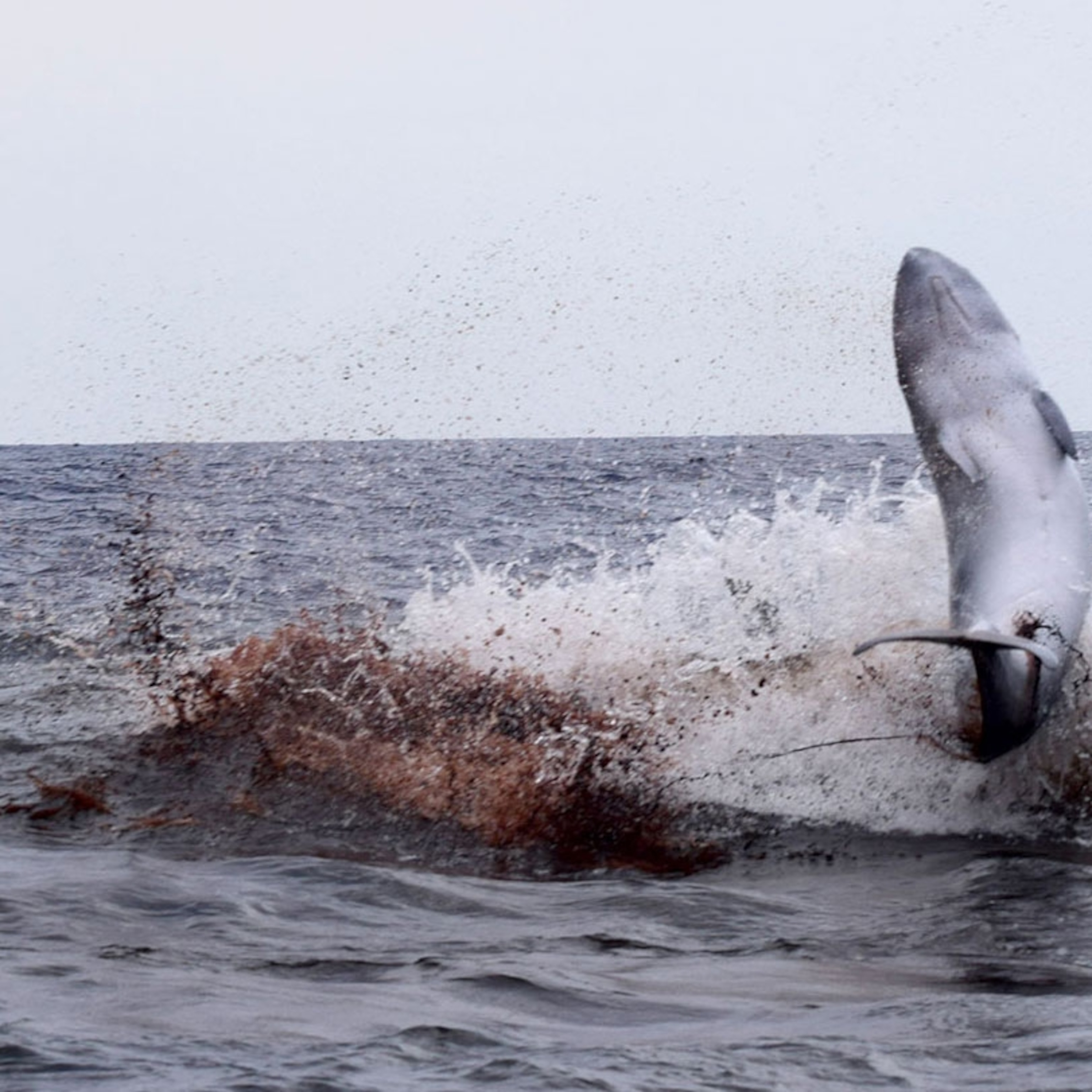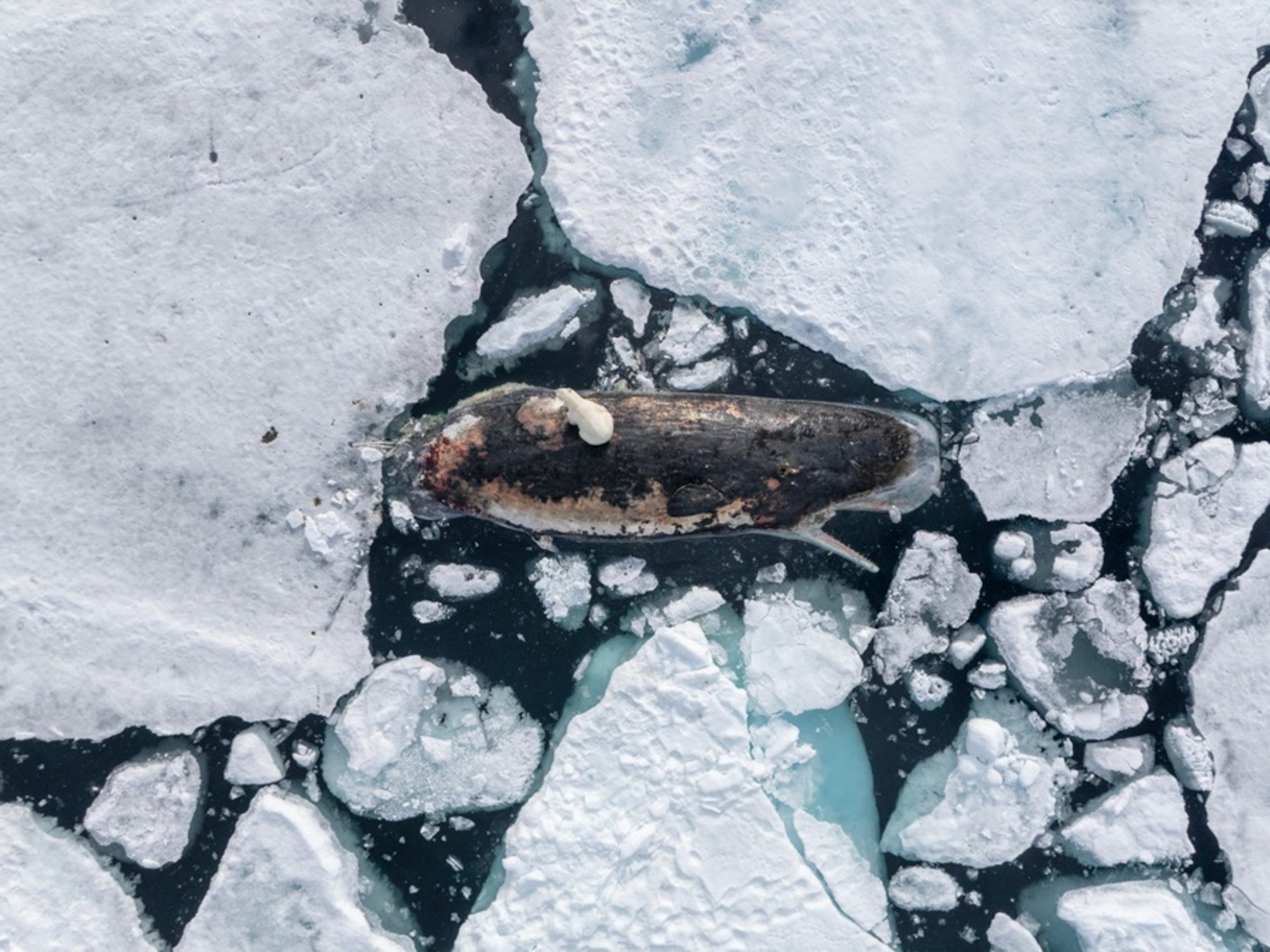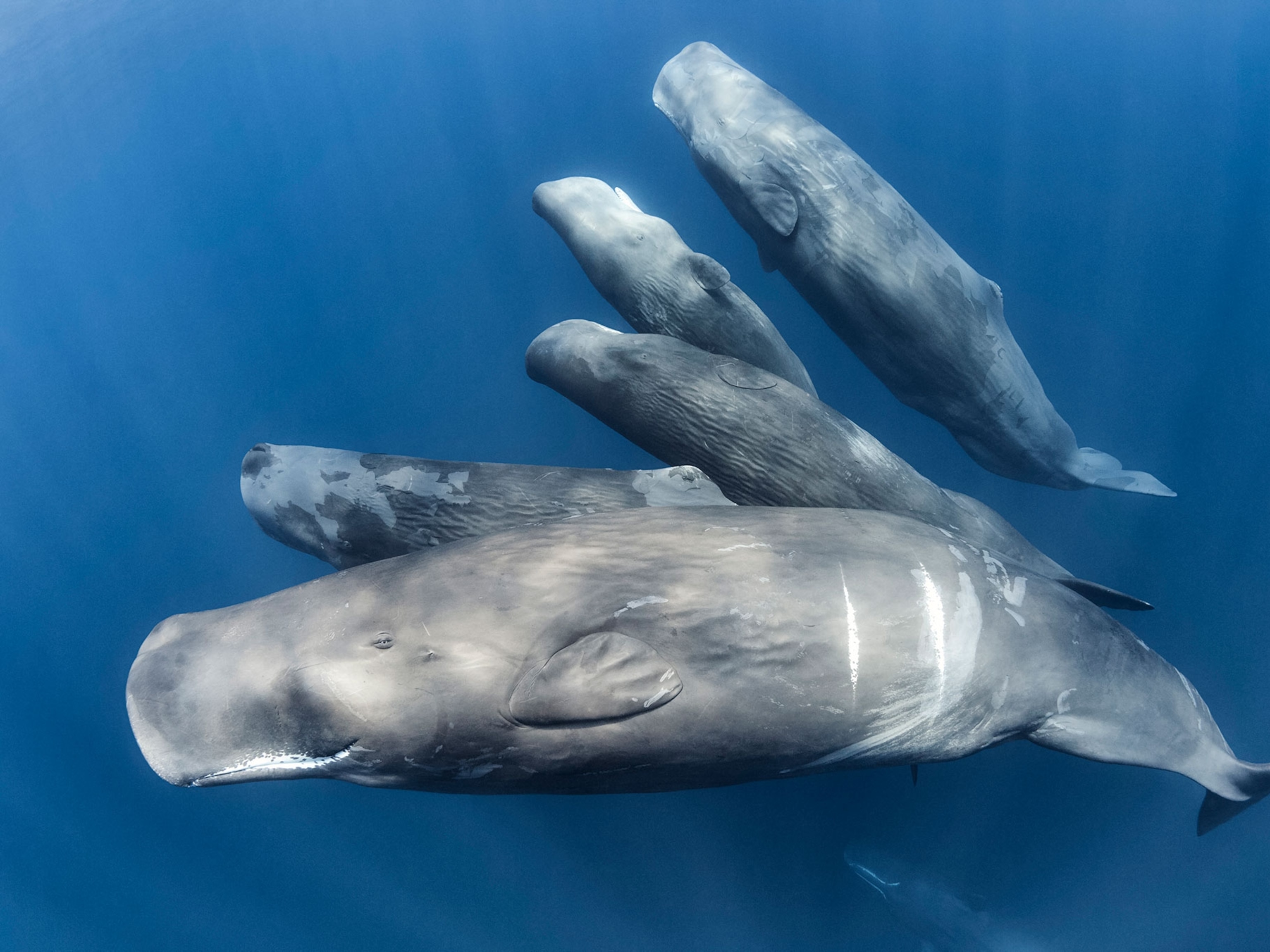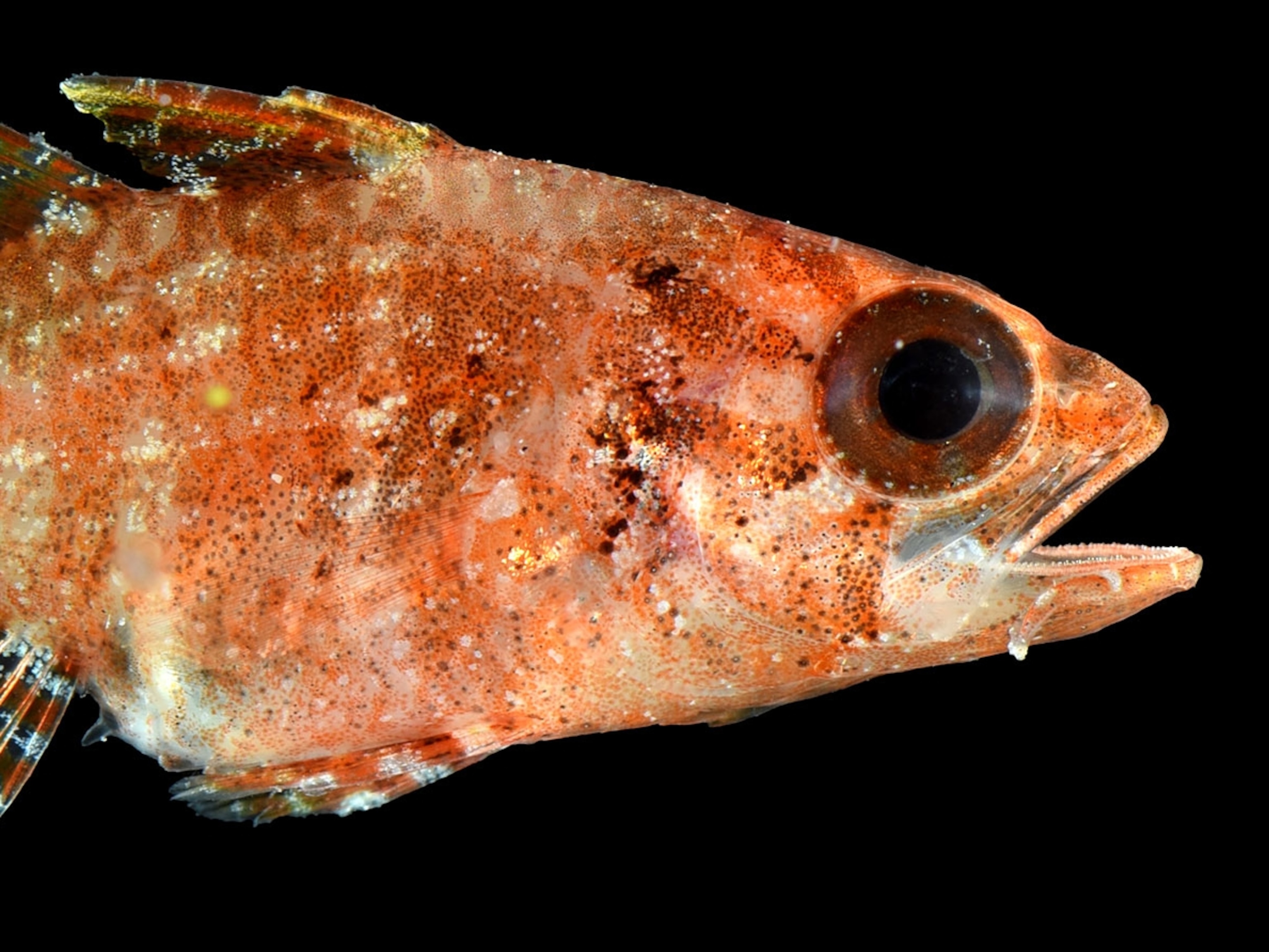
Free Diving World Record Will Soon Be Pushed to 1,000 Feet, Author Says
James Nestor says diving the ocean shows how much we can learn about our planet and its inhabitants—including us.
When James Nestor first witnessed free diving, he nearly threw up. Then he got hooked. He learned to hold his breath for four minutes, hung out with a “shark whisperer,” and even traveled, Jules Verne-like, to the bottom of the sea.
Here, he talks about the “master switch of life” and why we’re all born to dive, what it feels like to plunge 3,000 feet in a homemade submarine, and how a group of amateur researchers on the island of Reunion may one day be able to talk with whales.
(8 Jules Verne Inventions That Came True (Pictures))
Your first encounter with free diving left you “confused and terrified.” What happened?
I was sent to the World Freediving Championship in Kalamata, Greece, in 2011 for Outside magazine. I’d never seen anyone free dive, and the first day I sat on a boat watching a guy breathe up very heavily and then disappear for four minutes, then come back just gasping for air. Later, people were coming out with blood on their faces. One guy came from 300 feet technically dead, until he was resuscitated.
Describe what happens to the human body when you go that deep.
Something amazing happens the second we put our faces into water. Our heart rates lower about 25 percent. Blood begins rushing from our extremities into the core. The mind enters a meditative state. At around 250 to 300 feet the heart rate of some of these free divers has been recorded to be about 14 beats per minute. That’s about a third of a coma patient’s. It shouldn’t support consciousness, according to physiologists. And yet deep in the ocean it does. But no one knows exactly how.
So they’re crazy?
[Laughs] There’s a big distinction I make in the book between competitive divers and recreational divers. I’ll let anyone make up his or her mind about this, but as far as I am concerned, recreational divers are pretty reckless. Some of them dive within their limits and are responsible. Others are not. At one competition, half the people trying to make it down to 300 feet came up unconscious.
So I try to stick with the more mystical side of it. And I was lucky enough to meet a number of more philosophical free divers, who didn’t just do this stuff for bragging rights but to explore human potential. And explore the ocean.
What's the world record for free diving?
There are so many disciplines, it’s confusing. There’s free diving with weights, free diving without weights, free diving with fins, and so on and so forth. But right now the world record for no limits—a crazy discipline in which guys rig themselves onto machines and the machines take them down to depths very quickly—is 700 feet.
In 1949 scientists said the deepest we could possibly dive and survive was a hundred feet. Any deeper and our lungs would suffer a fatal collapse. Now free divers are diving seven times that. And I think we’ll probably hit a thousand feet in the next five to ten years.
Having started with no knowledge you—pun intended—immersed yourself in the subject, didn't you? You even rode a three-man submarine to a depth of 2,500 feet. What was that like?
There was only so far I could get with free diving. We were hanging out with sperm whales, which can dive to 9,000 feet. But you can’t get down that deep. So I wanted to see exactly how deep a private citizen could get in the ocean. It turns out: not very deep.
Most submarines are operated by institutions and won’t take journalists along. Luckily, I found a guy who’d made a submarine in his parents’ backyard in New Jersey when he was 15. He then made another submarine about ten years ago. He had zero engineering experience. He majored in American history in college. But he just wanted to make a submarine.
So he set up shop in Roatan, off Honduras, because there are no real regulations for homemade submarines. So I hopped in this little sub, about the size of a large suitcase, and sat there for four hours as we plummeted down to the netherworld below. It was one of the most shocking experiences I’ve had in my life.
Why shocking?
The largest colonies of life—the largest amount of biomass—are deep in the ocean, about 2,500 to 3,000 feet. The world that we see on the surface, this blue sphere of green leaves and birds and grass, is only a sliver of the real life on the planet. Most of these deep-sea creatures live in complete blackness, in an environment that’s cold and pressurized. And most of them are very ugly and strange. About half the animals down there are unknown to science. But we just don’t know about them because no one goes down there. (See photos of deep-ocean creatures.)
Your research took you all over the world. Tell us about the Ama people of Japan.
The Ama have been free diving for about 3,000 years. These are women divers, who live off the coast of Japan. In the 1700s and 1800s, there were thousands of them. Since fishing technologies developed, their numbers dwindled. But I heard that they were still out there, so I went to Japan and found a little enclave of them. They were in their 60s and 70s. One lady was pushing 80! They’d been diving since they were teenagers. (See a photo of an Ama diver from our archives.)
Their approach to free diving was so different to the competitive approach that it was really refreshing. I kind of reset my clock out there. I said, Okay, you can do this in a completely different way, where you respect the ocean, you respect your limits, and you can literally do it your whole life. These women were completely healthy, and they were happy. It was just so cool to see someone of 80 dive down 30 feet and pull urchins out from underneath rocks!
In what ways is free diving being used for research?
One of the most interesting ways that free divers are plying their trade is with whale research. There’s a group on an island called Reunion, which is 400 miles east of Madagascar, who are what you could call DIY sperm whale researchers. They’re trying to learn more about sperm whale behavior and crack the cetacean click communication code. (Watch: A baby sperm whale learns to swim alone.)
Could you explain that?
Cetaceans, dolphins and whales especially, echolocate to “see” in their environment. This is a sophisticated form of sonar. Instead of sending out a ping, which is what a sonar system does, they send out a click and wait to hear the echo come back to them. Using this echolocation, a whale can see a human from a mile away. These clicks are so powerful that they can penetrate through the flesh, so these animals can actually see what’s inside of you as well as what’s on the outside. It’s basically a natural CAT scan. (Related: Seeing the Ocean With a Buzzing Nose.)
We also know that whales are talking to one another. We just don’t know what they’re saying. And that’s what this group is trying to figure out. One of them has made in his garage all these incredible rigs of 360-degree cameras that record in all directions, equipped with hydrophones. He buys this stuff on eBay and has logged the longest human-sperm whale encounters on the planet. He’s also now working with a team of researchers at a university in Paris. They’re hoping for some sort of breakthrough in the next few years.
How did writing this book change your perspective on the ocean?
Well, I’ve always lived near the ocean. I grew up in southern California, so spent all of my summers and most of my winters in the water. And ever since I’ve been up in San Francisco, which has been about 20 years, I’ve surfed a few times a week.
But I really only understood the ocean from the surface, so this gave me a much larger picture of the breadth of the ocean. Not only its sheer size, but also how much we don’t know about it. We know more about the surface of the moon. We spend tens of millions of dollars aiming these radar discs at the sky, looking for signs of intelligent life. Well, there’s intelligent life here in the ocean. And I really think some of those research dollars should be spent on oceanic research—exploring sperm whales, which have brains six times the size of ours.
So, it really broadened my view of just how much possibility there is to learn about our planet, its inhabitants—and ourselves—by exploring the ocean.
Simon Worrall curates Book Talk. Follow him on Twitter or at simonworrallauthor.com.







